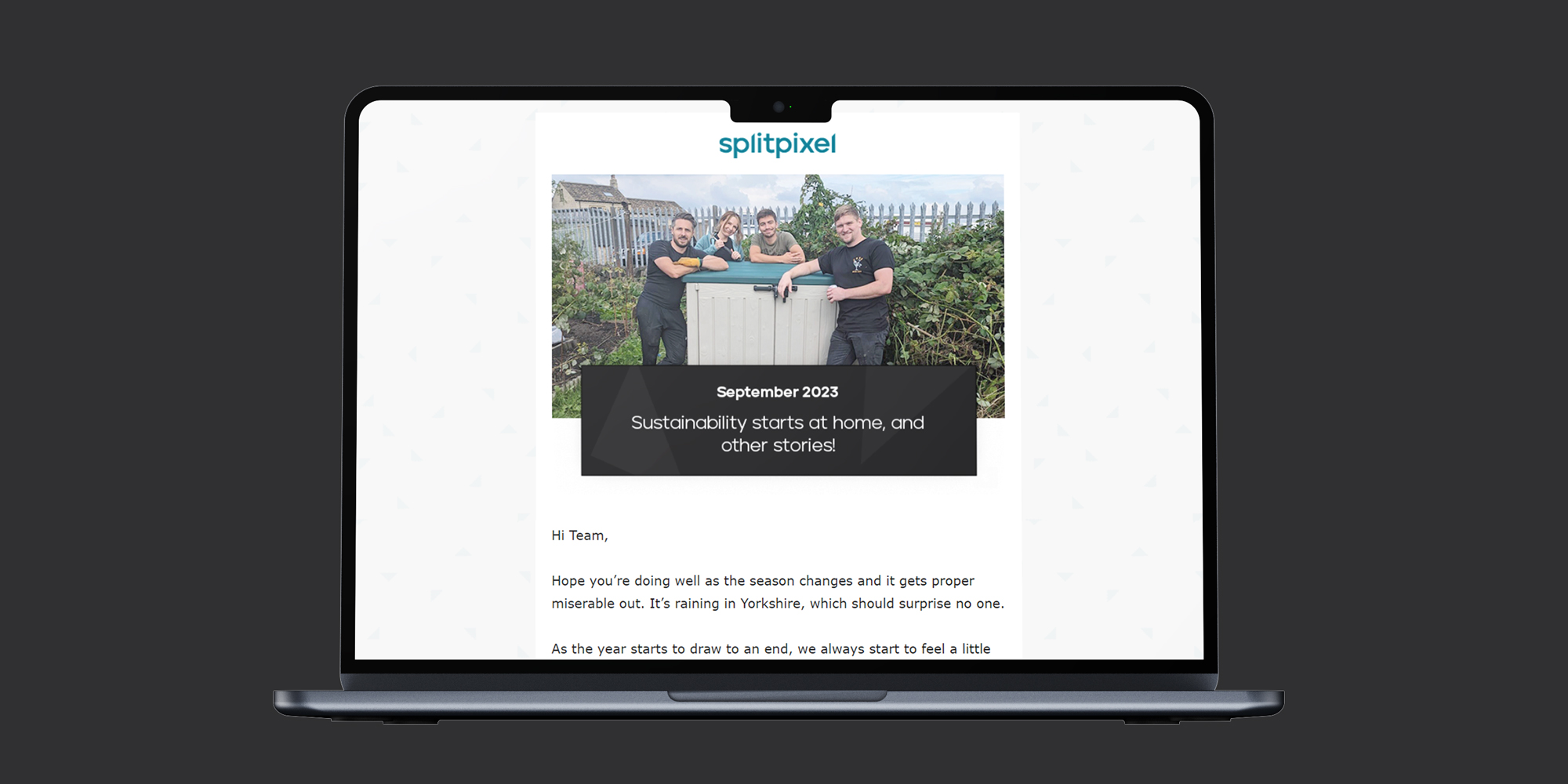Want to know how to make the most out of your Google Ad Campaigns? Whether you’re a seasoned marketer looking to fine-tune your Google Ads strategy or a newcomer eager to gain full potential of the Google Ads platform – you’ve come to the right place.
We’ll be exploring a wide range of Google Ads tips, from the fundamental principles to advanced strategies, designed to help you maximise your ROI, drive conversions, and dominate the online advertising game.
We aim to update this list weekly to ensure you stay well-informed about the latest Google Ads tips and tricks that will add value to your campaigns.
Let us know what you think, and if you do find this list beneficial, we encourage you to share it with others who could also benefit!
Google Ads Tips
Google Ads tips for beginners
- Getting clicks outside of your targeted locations? In your Campaign Location settings, make sure to apply ‘Presence: People in or regularly in your targeted locations’ rather than ‘Presence or interest’.
- Make sure you have conversion tracking set up in your Google Ads account. Without conversion tracking, how do you know what keywords and ads are performing well?
- Set your most important goals as primary conversions. Google will use primary conversions to optimise your ads, whereas secondary conversions are used for reporting purposes only.
- Starting a new campaign? Use manual CPC bidding as a starting point, with the aim of implementing smart bidding once you have sufficient conversion data in your account.
- Target intent, not volume. If you’re targeting a keyword that could have a different intent, be careful as you could end up with a lot of wasted spend on clicks. For example, if you sell commercial office furniture to businesses, be wary of targeting broad terms such as ‘desk chair’. Adding the phrase ‘commercial’ significantly changes the user intent.
- Regularly review your search terms and update your negative keyword list with any terms you specifically don’t want your ads to show for – a big money saver and something you should be doing regularly.
- Campaign structure is pivotal – don’t create one catch-all campaign. Split campaigns up and make sure you segment your ads based on targeted keywords/intent.
- Using both GA4 and GTM conversions? If so, make sure for the same conversion, that only one of them is set as primary, preferably the GTM goal. Otherwise, you’ll have duplicate conversion data.
- Avoid enabling the ‘Google Display Network’ in your search campaign settings. This essentially gives Google control to exhaust any unspent daily budget.
- Don’t make constant changes to your account, just to make it look like you’re doing something. Changed the bidding strategy? Created a new campaign? Depending on the extent of the changes, Google will need time to understand and learn how to adapt.
- Don’t expect immediate results. Yes, Google Ads can put you at the top of Google overnight for a search keyword, but at what cost? Remember the more data you have, the more informed decisions you can make. This also works the same for Google.
- Create custom landing pages, tailored for your ads. Not only can this increase conversion rates, but this helps improve your quality scores by aligning your keywords with your landing page content – as a result this can reduce your cost per clicks and help drive more competitiveness in ad auctions.
- Turn off ‘auto apply recommendations’. Don’t lose control over changes to your campaigns!

Intermediate Google Ads tips
- Setup custom columns inside your ad account. We like to use columns that forecast spend and conversions for the month, based on real-time data, to make sure performance is on track – you can create different custom columns to align with your reporting needs.
- Running remarketing ads? Make sure to turn ‘optimised targeting’ off, otherwise it enables Google to reach those beyond your remarketing list.
- Review your search terms list for any terms that are performing particularly well. If you haven’t already, add them as keywords to your campaigns.
- Add audiences to your search campaigns as ‘observation’ only. Although this won’t narrow your audience down to the audiences selected, Google has stated “For campaigns that use Smart Bidding, first-party audience segments added under the ‘Observation’ setting will be used as signals for Smart Bidding strategies.” Bonus, it will also enable you to see how the different audiences perform for clicks and conversions.
- For eCommerce accounts, make sure to count every conversion. If tracking contact form submissions, consider changing this to count ‘one’ conversion only, otherwise you may get duplicated conversion data. If the same user fills out the form twice, or let’s say refreshes the thank you page multiple times, you don’t want Google to treat that as two separate conversions.
- Remove any spam sites when running display campaigns. Lunio provides a comprehensive list of over 100k placements to exclude.
- Be careful if enabling ‘search partners’ on search campaigns. If you do enable this, make sure to keep an eye on performance. We’ve had mixed experience with this, so it can be worth a test.
- Use dynamic keyword insertion in your ads. This will boost ad relevance and click through rates. This is a particularly useful tip if you cover a number of different geographical locations. Just remember to have a default fallback text value that makes sense.
- Split your negative keyword lists up – a good rule of thumb is to have one for branded (searches around your name), competitors names, and generic terms.
Advanced Google Ad tips
- Use offline conversion tracking to increase the quality of conversion data sent to Google. This is particularly useful for any lead generation accounts, where it’s harder to measure the full sales funnel past a user filling out an enquiry form. Otherwise, Google will treat a spam form submission with the same value as a form submission from a paying customer!
- Using a smart bidding strategy but generating too many high costs per click? Create a portfolio bid strategy such as target CPA. Here you can set a maximum cost per click to filter out any significantly high cost per clicks. Remember if you set a target CPA, it needs to be realistic, otherwise, your ads will be limited and won’t generate impressions or clicks.
- Running localised ads? Create two campaigns. One campaign with a location radius that includes keywords without the location, and a second campaign without a location (UK-wide), targeting keywords with the location included.
Example for a theatre:
Campaign one: target keywords such as ‘comedy events near me’ within a 20-mile radius of the theatre
Campaign two: target keywords such as ‘comedy events in Leeds’ without a location setting (UK-wide).
That way you can target two relevant audiences. Those in the area, and those looking for events specifically in your area. - Use bid adjustments to increase or lower your bid depending on certain factors such as device, location, or time. Note some of the adjustments are only available when using certain bid types. See table here.
- Elevate your remarketing campaigns to the next level. Instead of targeting ‘all website’ visitors, consider creating ads for users based on their stage in the funnel and the specific pages they have visited on your website.
We love working working on Google Ads Campaigns with charities and non-profits across Yorkshire – from our head office in Huddersfield, to the de facto West Yorkshire capital Leeds, as well as Bradford, Harrogate, Halifax, Doncaster, Wakefield and beyond.
If you want digital marketing and Google Ads management from a small digital agency that understands your location and community, all while putting Yorkshire values of integrity, hard work and honest pricing at the heart of what they do, we want to hear from you.









